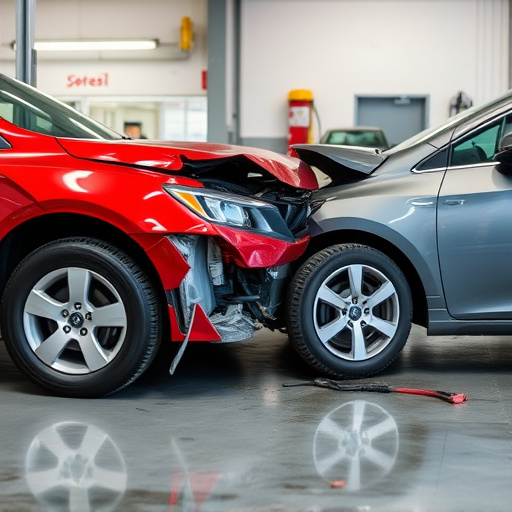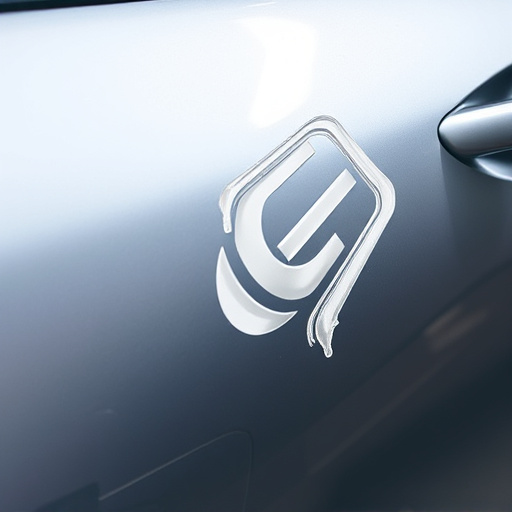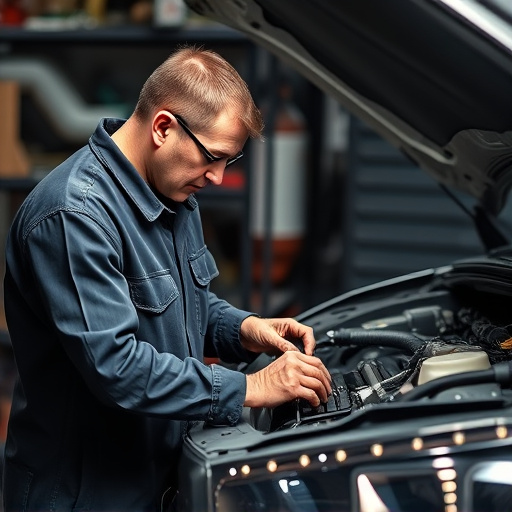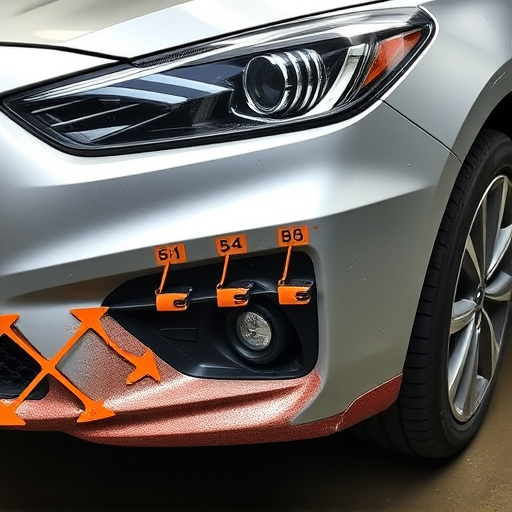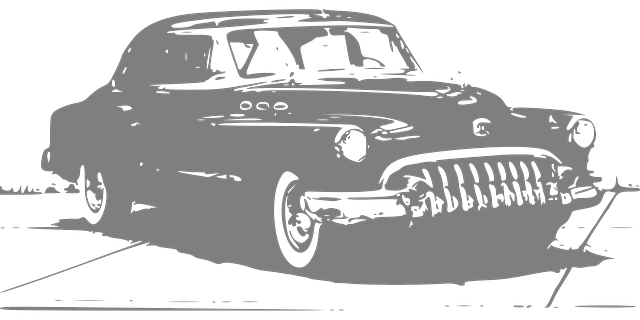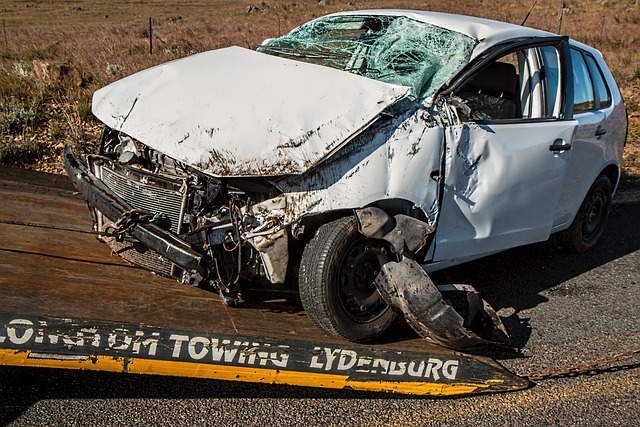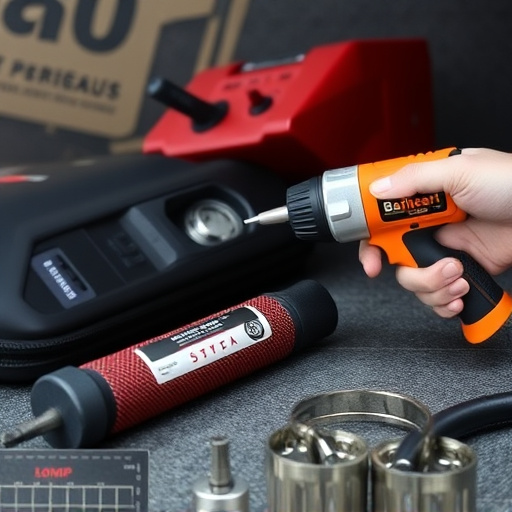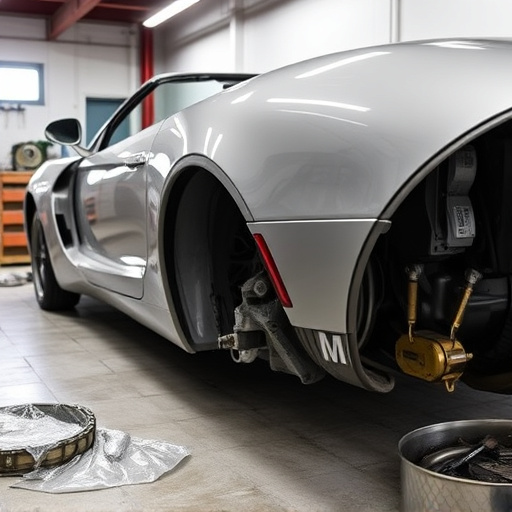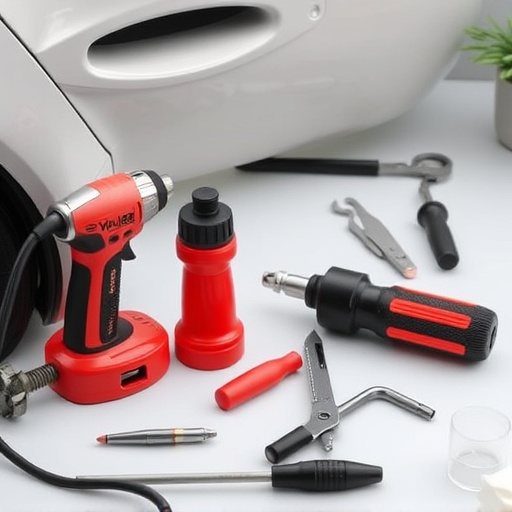Post-repair insurance inspections are meticulous assessments conducted by trained assessors to verify the quality and accuracy of vehicle repairs, particularly after dent repair. These evaluations protect insurers' interests, ensure customer satisfaction, and maintain high standards in auto dent repairs, fostering trust among policyholders. By thoroughly checking paintwork, panel fit, and structural integrity, these inspections significantly reduce fraud and misuse, streamlining claims processes and promoting fair industry practices. Implementing best practices and engaging qualified inspectors with expertise in vehicle repair enhances the integrity of post-repair insurance inspections.
Post-repair insurance inspection plays a pivotal role in modern claims management, ensuring thorough evaluation of repairs and mitigating risks. This comprehensive overview explores the significance of post-repair inspections in the insurance sector, highlighting their benefits for both insurers and policyholders. We delve into how these inspections enhance transparency, reduce fraud, and streamline claims processes. Furthermore, best practices are outlined to ensure effective, consistent, and efficient post-repair insurance inspections.
- Understanding Post-Repair Insurance Inspection: A Comprehensive Overview
- The Benefits and Impact on Claims Management
- Best Practices for Effective Post-Repair Inspections
Understanding Post-Repair Insurance Inspection: A Comprehensive Overview

Post-repair insurance inspection is a critical process that ensures the quality and accuracy of vehicle repairs. After a car dent repair or auto dent repair, this inspection plays a vital role in verifying that the vehicle’s bodywork has been restored to pre-incident condition. Insurers send trained assessors to meticulously examine the repaired vehicle, checking for any signs of substandard work, misalignment, or missing parts.
This comprehensive overview involves detailed scrutiny of every aspect of the repair, including paintwork, panel fit, and overall structural integrity. The goal is not only to safeguard the interests of the insurance company but also to ensure customer satisfaction by guaranteeing that their vehicle’s bodywork is safe and reliable. By implementing rigorous post-repair insurance inspections, insurers can maintain high standards in auto dent repairs, fostering trust among policyholders.
The Benefits and Impact on Claims Management

Post-repair insurance inspection plays a pivotal role in enhancing claims management efficiency and accuracy. By conducting thorough assessments after repairs are completed, insurers can verify the quality of work done by collision centers or paintless dent repair specialists, ensuring that only legitimate claims are settled. This process significantly reduces fraud and misuse, saving both insurance providers and policyholders from financial losses.
Furthermore, these inspections allow for a more precise evaluation of damage, including complex issues like car scratch repair. By identifying substandard repairs early, insurers can prevent costly mistakes and maintain their reputation. This benefits all parties involved, as it fosters trust between insurance companies, repair facilities, and policyholders, ultimately streamlining the claims process and promoting fair practices in the industry.
Best Practices for Effective Post-Repair Inspections

To ensure effective post-repair insurance inspections, several best practices should be implemented. Firstly, thorough documentation is key; detailed records of the repair process and final outcomes are essential. This includes before-and-after photos, itemized repair reports, and any relevant correspondence. Such documentation not only provides a clear record for reference but also aids in facilitating claims and resolving disputes.
Another crucial practice involves engaging experienced and qualified inspectors who possess expertise in various vehicle repair aspects, including vehicle paint repair, tire services, and car paint services. These professionals should be adept at identifying subtle defects or inconsistencies that might go unnoticed by untrained eyes. Regular training sessions and updates on industry standards and emerging repair techniques are also vital to keep inspectors current and effective.
Post-repair insurance inspections play a pivotal role in enhancing claims management processes. By thoroughly evaluating repairs, these inspections help ensure policyholders receive fair compensation and repair quality. Incorporating best practices and leveraging technology can streamline the process, making it a valuable tool for both insurers and policyholders in managing risks effectively and fostering trust. This comprehensive approach to post-repair insurance inspection ultimately contributes to a more efficient and reliable insurance ecosystem.
